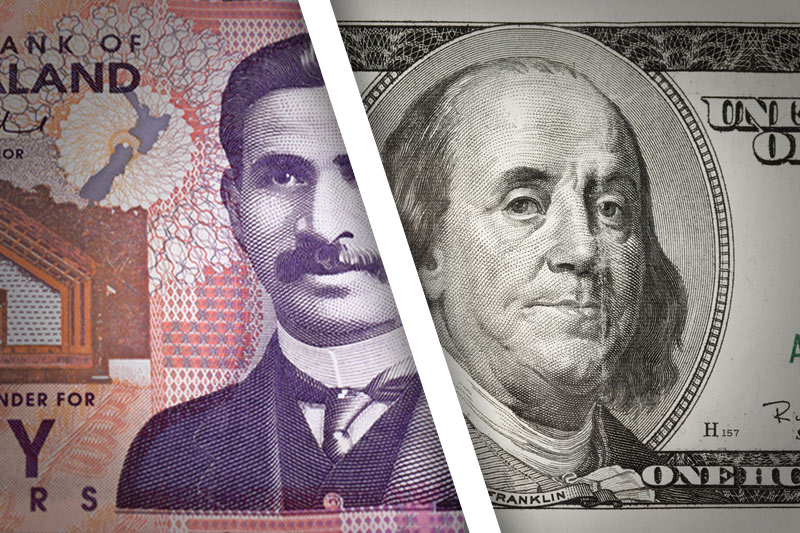Investing.com - The New Zealand dollar is trading lower against its U.S. counterpart during Thursday’s Asian session following the release of February’s Building Consents data.
In Asian trading Thursday, NZD/USD is lower by 0.06% at 0.8365. The pair was likely to find support at 0.8340, Tuesday's low and resistance at 0.8418, the high of February 25.
Earlier today, Statistics New Zealand said that New Zealand Building Consents rose to a seasonally adjusted 1.9% in February from -0.4% in January. Analysts expected a February increase of 3%.
That data point comes a day after the ANZ business confidence index for New Zealand fell to 34.6 in March from a reading of 39.4 the previous month.
In recent days, the kiwi has taken on some safe-haven appeal amid the tumult in the euro zone caused by Cyprus.
On Wednesday, fears regarding Italy, the euro zone’s third-largest economy, crept up after the head of Italy’s center-left alliance, Pier Luigi Bersani, ruled out forming a coalition any time soon. Following February’s Italian election results, traders have been fearful that the new government would be no more than gridlock and not allow for additional austerity measures.
While the kiwi is often viewed as one of the so-called riskier currencies, New Zealand’s 2.5% benchmark interest rate is among the highest in the developed world and is a source of allure for yield-starved investors.
Additionally, the Reserve Bank of New Zealand has shown few signs of lowering interest rates and has pridefully eschewed quantitative easing. Both factors have increased the appeal of the kiwi to foreign investors.
Meanwhile, EUR/NZD rose 0.14% to 1.5295 while NZD/JPY tumbled 0.45% to 78.72. AUD/NZD is up 0.02% at 1.2480.
In Asian trading Thursday, NZD/USD is lower by 0.06% at 0.8365. The pair was likely to find support at 0.8340, Tuesday's low and resistance at 0.8418, the high of February 25.
Earlier today, Statistics New Zealand said that New Zealand Building Consents rose to a seasonally adjusted 1.9% in February from -0.4% in January. Analysts expected a February increase of 3%.
That data point comes a day after the ANZ business confidence index for New Zealand fell to 34.6 in March from a reading of 39.4 the previous month.
In recent days, the kiwi has taken on some safe-haven appeal amid the tumult in the euro zone caused by Cyprus.
On Wednesday, fears regarding Italy, the euro zone’s third-largest economy, crept up after the head of Italy’s center-left alliance, Pier Luigi Bersani, ruled out forming a coalition any time soon. Following February’s Italian election results, traders have been fearful that the new government would be no more than gridlock and not allow for additional austerity measures.
While the kiwi is often viewed as one of the so-called riskier currencies, New Zealand’s 2.5% benchmark interest rate is among the highest in the developed world and is a source of allure for yield-starved investors.
Additionally, the Reserve Bank of New Zealand has shown few signs of lowering interest rates and has pridefully eschewed quantitative easing. Both factors have increased the appeal of the kiwi to foreign investors.
Meanwhile, EUR/NZD rose 0.14% to 1.5295 while NZD/JPY tumbled 0.45% to 78.72. AUD/NZD is up 0.02% at 1.2480.
